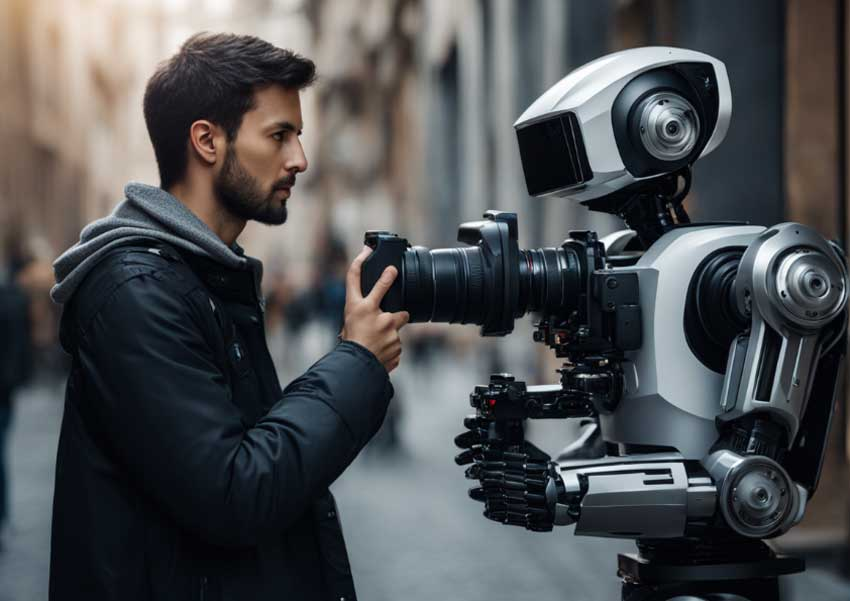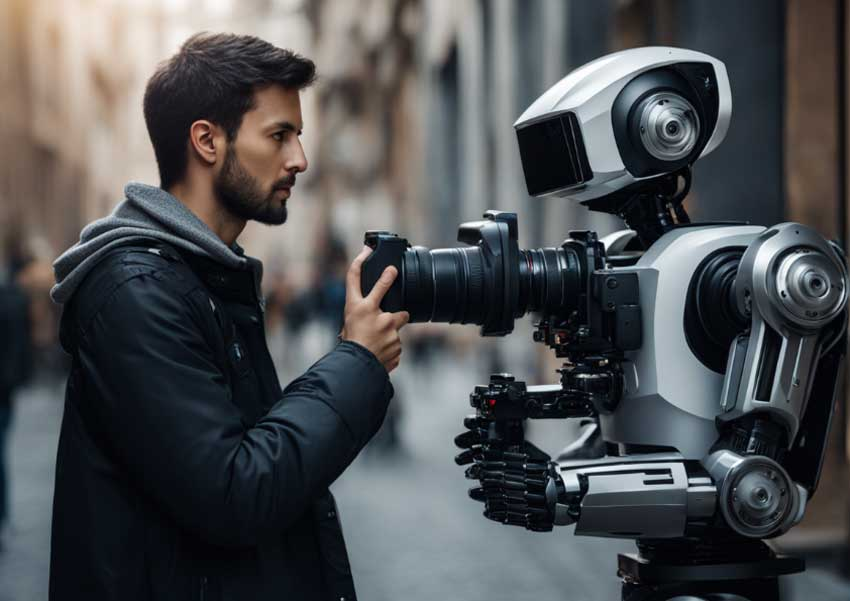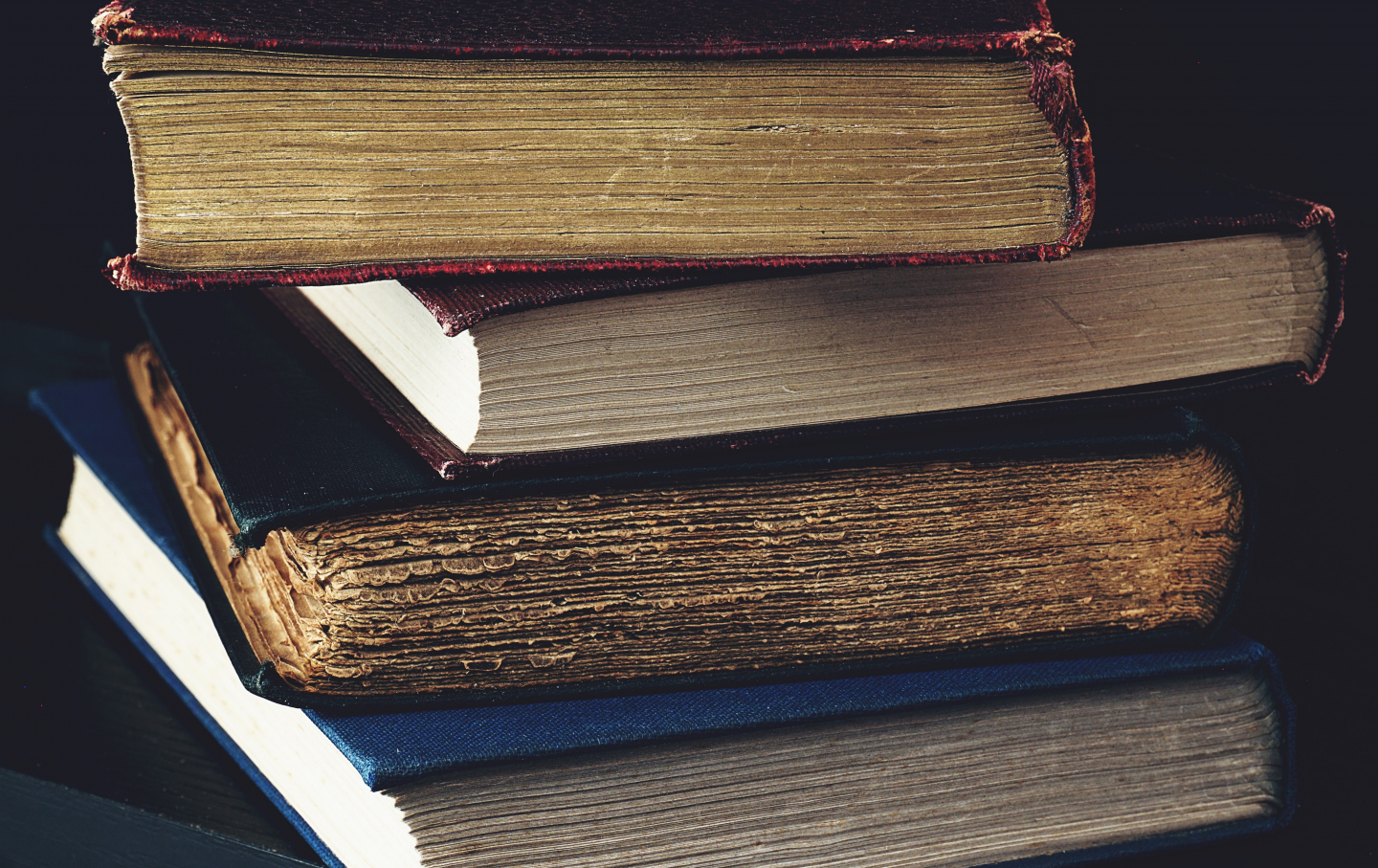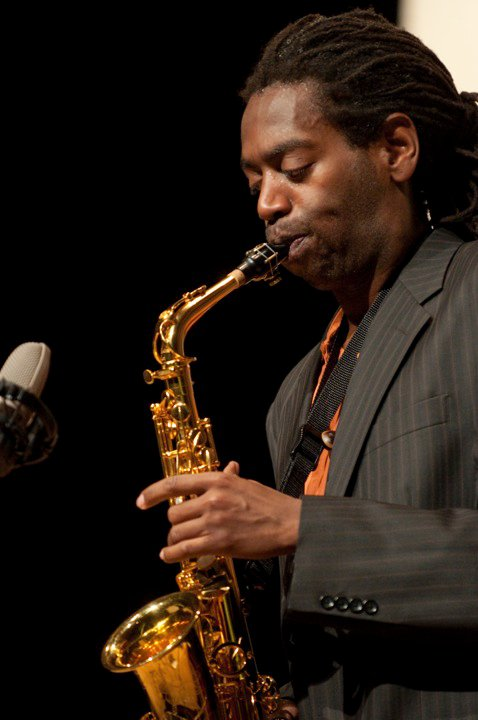AI in photojournalism is revolutionizing the way we capture and preserve compelling visual stories in an era increasingly dominated by technological advancements. This innovative photojournalism technology is both a challenge and an opportunity, as artificial intelligence photography can enhance our understanding of historical contexts while simultaneously posing risks to image authenticity. As we navigate through the complexities of preserving photo archives that document crucial moments in time, there is a pressing need to evaluate the profound impact of AI on photography. By harnessing its capabilities, we can ensure that the integrity of visual journalism is maintained, safeguarding truths that may otherwise be obscured or manipulated. Thus, it becomes vital to explore how these cutting-edge tools can coexist with traditional practices in this ever-evolving landscape, fostering a deeper appreciation for the art of photojournalism.
The integration of intelligent technologies in visual storytelling represents a pivotal shift within the field of journalism, redefining methodologies and standards alike. By employing advanced algorithms, the latest innovations enable storytellers to elevate their craft and go beyond the limits of conventional practices, bringing fresh perspectives to the narrative landscape. In the realm of preserving image collections, these advancements not only help in organizing vast catalogs of content but also play a crucial role in ensuring that the genuine essence of moments captured remains intact. As we explore the intersection of ethics and creativity, it becomes increasingly important to establish frameworks that prioritize the authentic portrayal of reality while navigating the complexities brought forth by automation. This conversation is not solely about technology; it’s about the future of visual communication and our commitment to preserving history accurately and meaningfully.
The Evolution of AI in Photojournalism
As the digital landscape transforms the way we create and consume visual content, artificial intelligence is emerging as a revolutionary force in photojournalism. The technology offers an unprecedented ability to analyze and catalog vast archives, potentially reshaping how photojournalists convey stories through images. With advancements in AI algorithms, photojournalists can now utilize sophisticated tools that not only enhance the creative process but also facilitate the organization of extensive photo collections. This evolution in photojournalism technology empowers professionals to focus on narrative depth while ensuring that the historical significance of images remains intact.
However, this transition is not without its challenges. While AI presents opportunities to innovate and streamline workflows, there are significant concerns regarding image authenticity and the potential for misinformation. The ability of AI to generate hyper-realistic images raises questions about trust in visual journalism. Photojournalists must grapple with the dual-edged nature of this technology—leveraging it for archival purposes while defending the integrity of genuine photojournalism against the rise of synthetic imagery.
Preserving Photo Archives through AI
Photo archives are essential for retaining our collective visual history, capturing defining moments that shape our understanding of the world. Kira Pollack’s efforts underscore the urgency of utilizing AI to preserve these archives, especially considering that a staggering percentage of images captured by photojournalists remain unpublished. By employing AI tools, photojournalists can better catalog and organize their extensive collections, allowing for easier access and discovery. This innovative approach not only secures the legacy of their work but also enriches public discourse by making valuable visual narratives available for future generations.
The challenge lies in ensuring this technological intervention does not compromise the unique storytelling that defines photojournalism. Ethical considerations play a pivotal role in how AI can be integrated into the preservation of photo archives. Pollack advocates for systems that respect the rights of photographers and enhance the narrative context of their work. The goal is to strike a balance between employing AI for efficient organization and preserving the nuanced intent of the photographers behind the lenses.
AI and Image Authenticity Issues
The intersection of AI and image authenticity is a pressing concern within the realm of photojournalism. As the technology progresses, the distinction between real and synthetic images becomes increasingly blurred. This phenomenon poses a significant threat to the credibility of photojournalists, as the proliferation of manipulated images can distort public perception and undermine trust in authentic reporting. Photojournalists must be vigilant in addressing these concerns, actively embracing AI’s capacity to differentiate between genuine imagery and artificially generated content.
Pollack’s research reflects a commitment to confronting these challenges head-on. By exploring how AI can help maintain the integrity of photojournalism, she emphasizes the importance of developing tools that reinforce authenticity rather than compromise it. This involves understanding AI’s capabilities and limitations to prevent unauthorized use of images while promoting transparency in visual storytelling. Ultimately, preserving the authenticity of images is crucial to upholding the core values of photojournalism, ensuring that audiences can trust the visual narratives crafted by those on the front lines.
The Role of AI in Enhancing Visual Storytelling
AI has the potential to revolutionize visual storytelling by providing tools that amplify the narrative depth of photojournalism. By leveraging machine learning and data analysis, AI can assist photographers in identifying key themes in their work, suggesting optimal contexts for visual narratives, and improving the overall presentation of their archives. This enhancement not only empowers photojournalists to deliver richer stories but also ensures that the historical context surrounding each image is adequately conveyed.
Moreover, by employing AI technology, photojournalists can engage in more creative ways of storytelling, experimenting with novel techniques to present their work. This could range from interactive photo essays to dynamic exhibitions that allow audiences to explore narratives at their own pace. Such innovations are crucial in an era where engagement with content is rapidly evolving, solidifying the relationship between technological advancement and artistic expression in photojournalism.
Challenges in AI Implementation for Archives
Despite the promising advantages of AI in preserving photo archives, several challenges remain to be addressed. One significant hurdle is the ethical implications surrounding data governance—specifically, ensuring that photographers’ work is not exploited by AI without their consent. As AI systems rely on vast datasets for training, photojournalists must advocate for their rights to ownership and ensure that their intellectual property is protected against unauthorized use. These concerns underline the necessity for clear guidelines and robust policies regarding AI applications in the photography field.
Additionally, there is a pressing need for photographers to become more tech-savvy and engaged with the evolving landscape of digital tools. Education and training on AI and its functionalities are critical for empowering visual storytellers to leverage these advancements responsibly. By collaborating with technologists and gaining familiarity with emerging technologies, photojournalists can minimize risks while maximizing the benefits of using AI to secure their legacies and enhance the storytelling potential of their archives.
The Future of Photojournalism in the Age of AI
As we look towards the future, the role of AI in photojournalism is poised to evolve significantly. Emerging technologies promise to redefine workflows, allowing for the exploration of new storytelling formats and enhancing the preservation of visual legacies. However, the photojournalism community must remain vigilant against the potential pitfalls that AI presents, particularly regarding authenticity, copyright, and ethical standards. These discussions about the future must be driven by a diverse array of stakeholders including technologists, ethicists, and visual storytellers who can work together to shape policies that serve both the art and the industry.
The shift towards integrating AI in photojournalism reflects a broader movement towards adaptability in an increasingly digital world. As photographers navigate this complex terrain, they have the unique opportunity to assert their identity and value in a landscape transformed by technology. The future of photojournalism will depend on the community’s ability to harness AI responsibly, ensuring that the vital principles of truth, authorship, and memory are preserved as they innovate for the next generation of visual storytelling.
AI’s Impact on the Photojournalism Craft
The impact of AI on the craft of photojournalism is multifaceted, offering both opportunities and challenges. On one hand, AI has the potential to enhance creativity, providing photojournalists with new tools to experiment and elevate their narrative techniques. From automated photo editing workflows to AI-driven analytics that inform storytelling decisions, the integration of artificial intelligence into the craft allows for a more dynamic approach to capturing and conveying stories visually.
Yet, the infiltration of advanced AI technologies also induces anxiety within the community about the erosion of traditional skills and the authenticity of imagery. As photojournalists navigate this landscape, a critical dialogue emerges around maintaining a balance between technological advancement and the fundamental principles of the craft. Sociologically, this shift encourages professionals to revisit their core responsibilities as image-makers, contemplating how they can leverage AI in ways that enhance their mission rather than compromise it.
Ethical Considerations in AI and Photography
The ethical implications of utilizing AI in photography and photojournalism are profound and complex. As these technologies become commonplace, it is imperative for photojournalists to lead conversations about ethics surrounding the use of AI. Issues such as data privacy, the potential for biased algorithms, and the risks of image manipulation demand rigorous scrutiny. Photojournalists will need to establish guidelines that govern the responsible use of AI, ensuring that their work aligns with journalistic integrity and ethical reporting standards.
Furthermore, engaging with ethicists and the broader community during this transformative period will be essential. Collaboration across disciplines can yield insights that foster a more profound understanding of the ramifications of AI on visual storytelling. By advocating for ethical practices and educating peers about the complexities of adopting AI tools, the photojournalism community can ensure that advancements serve to strengthen the field rather than undermine its foundational values.
Connecting AI Technology with Visual Memory
AI technology’s connection to visual memory highlights a unique opportunity for photojournalism to curate and organize its historical records meaningfully. With extensive archives often consisting of hundreds of thousands of images, AI can serve as a powerful ally in categorizing and retrieving content based on intricate themes and narratives. This ability to foster a deeper connection with visual memory allows photojournalists to create accessible pathways to historical context, enriching the public’s understanding of significant events through an authentic lens.
The challenge remains to ensure that AI’s implementation respects the human stories behind the images stored in these archives. As photojournalists embrace AI tools, they must prioritize the intention and artistry inherent in their work. The integration of technology must be seen as a collaborative effort that enhances rather than overshadows the memories captured through the lens, ensuring that each image continues to tell the vital stories of our past.
Frequently Asked Questions
How is AI impacting photojournalism technology today?
AI is profoundly impacting photojournalism technology by providing tools for enhanced image analysis and organization, thus enabling photographers to better preserve and catalog extensive photo archives. While it poses challenges related to image authenticity and copyright, it also holds potential for improved archival practices.
What are the ethical concerns around artificial intelligence in photography?
Ethical concerns surrounding artificial intelligence in photography include the potential for copyright violations, the risk of unauthorized use of images to train AI models, and the erosion of trust in image authenticity. It’s crucial to explore AI’s use in a way that respects photographers’ rights and maintains the integrity of their work.
Can AI help preserve photo archives in photojournalism?
Yes, AI can assist in preserving photo archives by streamlining the cataloging and contextualizing process, making it easier to access historical images. For instance, AI can analyze and tag images based on content and context, ensuring that significant works from photojournalists are preserved and made accessible for future generations.
What role does AI have in maintaining image authenticity in photojournalism?
AI plays a dual role in maintaining image authenticity in photojournalism. While it can generate photorealistic images that threaten trust, it can also enhance the authenticity of existing works by providing thorough analysis and context, ensuring that the true narrative behind the photographs is preserved.
How can photographers balance AI usage with concerns about trust and authenticity?
Photographers can balance AI usage with concerns about trust and authenticity by using AI as a tool for organization and preservation rather than creation. By focusing on employing AI to enhance the understanding of genuine photojournalism, photographers can safeguard the integrity of their work while leveraging technology.
What innovations in artificial intelligence photography are emerging for photojournalists?
Emerging innovations in artificial intelligence photography for photojournalists include advanced image recognition capabilities that analyze complex visuals and contextualize them. These innovations enable photojournalists to extract meaningful insights from their archives, improving both storytelling and historical documentation.
What challenges do photojournalists face with AI technology?
Photojournalists face several challenges with AI technology, including copyright issues, the risk of unauthorized image usage, the potential for diluted image authenticity, and navigating the ethical implications of using AI tools without compromising their artistic integrity and professional standards.
How does AI enhance the visual storytelling in photojournalism?
AI enhances visual storytelling in photojournalism by analyzing images for emotional and contextual depth, thereby providing photographers with richer narratives and insights. This technology allows for more immersive storytelling, making the viewer’s experience more impactful and informed.
What are the potential benefits of AI for preserving photojournalistic history?
The potential benefits of AI for preserving photojournalistic history include the ability to catalog vast archives efficiently, providing context to images, and helping to maintain the legacy and intent of photojournalists. This ensures that crucial historical narratives remain accessible and intact for future audiences.
How does Kira Pollack view the future of AI in photojournalism?
Kira Pollack views the future of AI in photojournalism as a field ripe with both challenges and opportunities. She believes that while AI poses risks to the integrity of photography, it also offers innovative ways to preserve and enhance the visual record of our history, emphasizing the need for ethical use.
| Key Points |
|---|
| AI poses a threat to photojournalism through copyright violations and synthetic images that challenge authenticity. |
| Kira Pollack, a former creative director at Vanity Fair, highlights the dual nature of AI — it can either undermine or enhance photography. |
| Pollack is focused on preserving the archives of photojournalists, many of which contain unutilized but crucial visual records. |
| The research involves using AI to catalog and interpret complex imagery from historic events. |
| Pollack aims to differentiate between generative AI’s risks and the potential benefits of AI in preserving authentic photojournalism. |
| Part of the exploration includes engaging with technologists and ethicists on how to uphold core values in photography. |
Summary
AI in photojournalism presents both challenges and opportunities for the future of visual storytelling. Kira Pollack’s research aims to leverage AI technology not only to preserve invaluable archives but also to enhance our understanding of complex photographic narratives. By exploring innovative ways to safeguard the authenticity of photojournalism, Pollack seeks to reinforce trust in visual media while navigating the ethical implications of AI. Through this approach, she underscores the importance of memory, authorship, and truth in journalism, ensuring that the rich histories captured by photojournalists are protected and accessible for generations to come.




